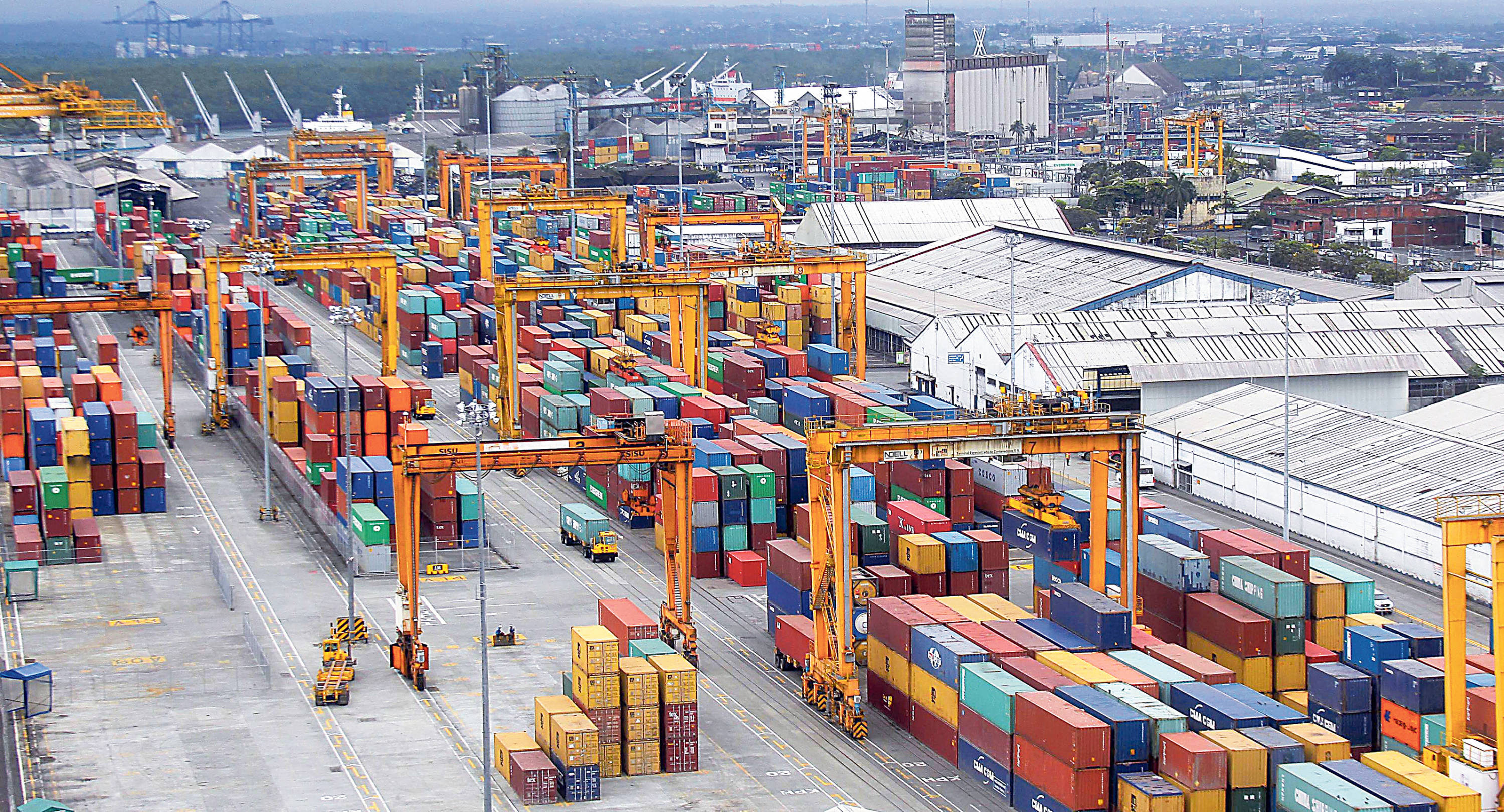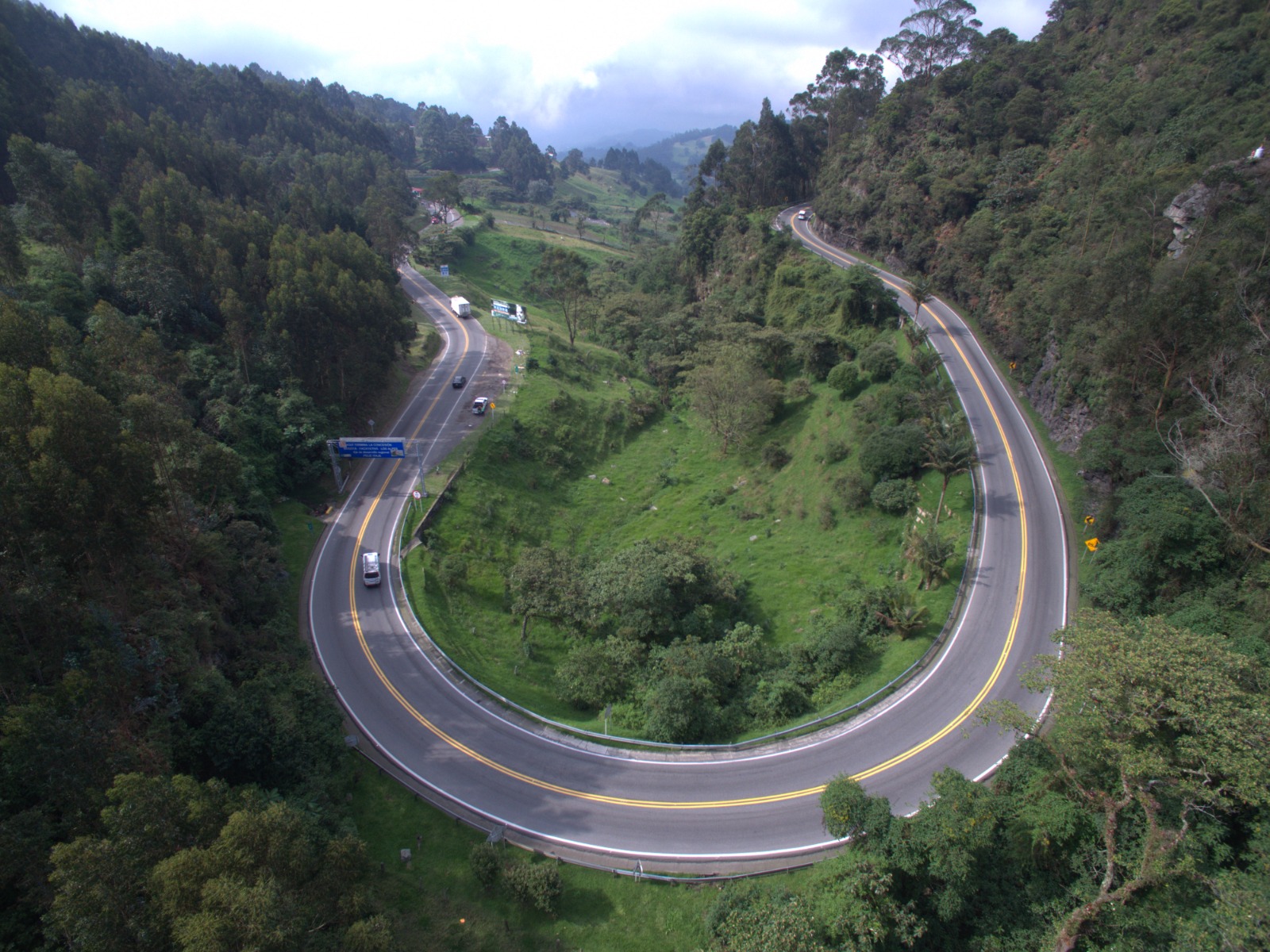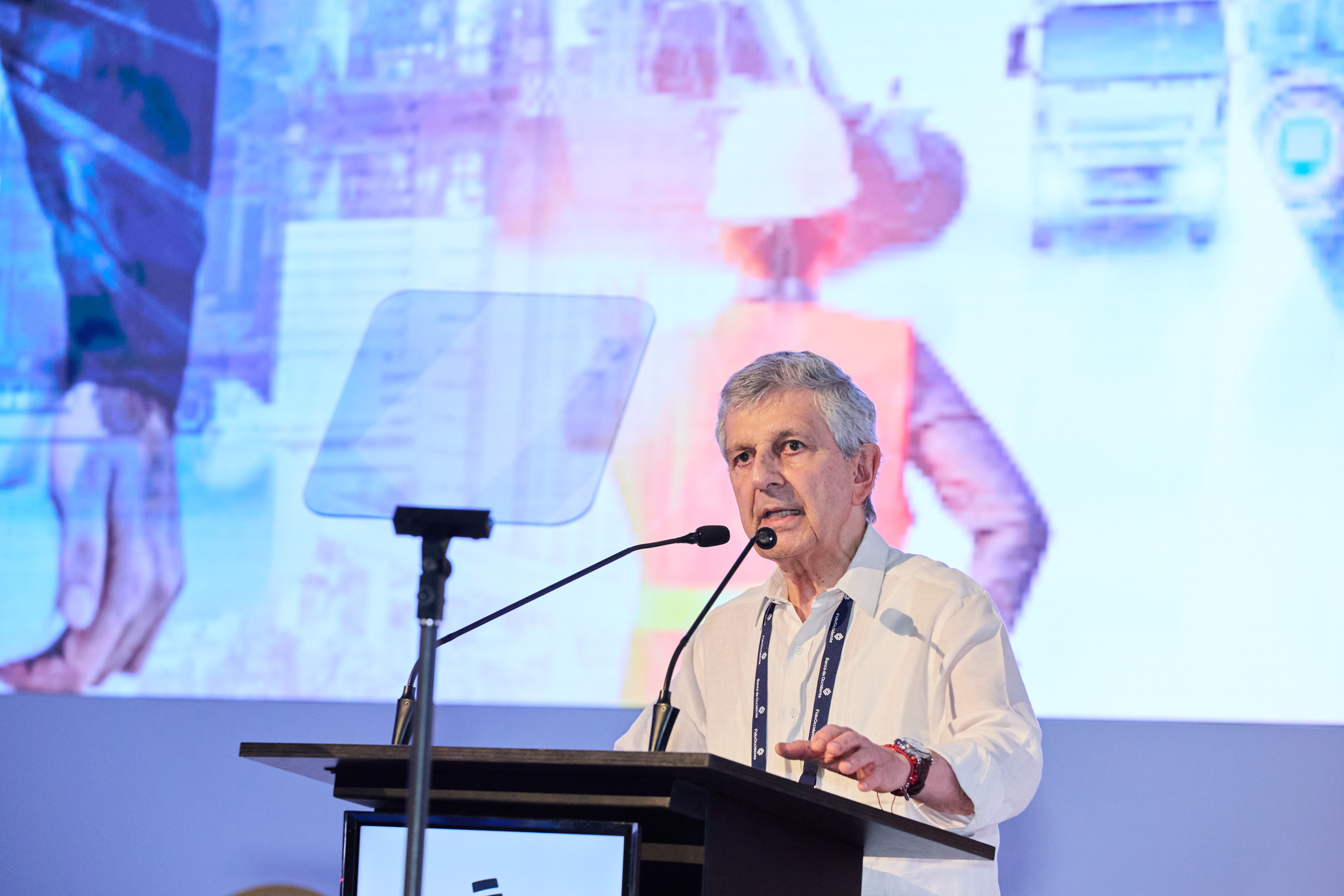What are the concession models in Colombia and what are the consequences of changing them?

In recent weeks, President Gustavo Petro has proposed changing several concession models currently in place in Colombia. First, he said he wants to use funds from the 4G and 5G road projects that are failing to advance to fund the yellow fever emergency, and just yesterday, he called for changes to the administration of the country's ports due to the increase in illegal activities.

President Gustavo Petro. Photo: Vanexa Romero / EL TIEMPO
"The ports must have a radically different administration because they have been co-opted by drug traffickers and their counterparts, the smugglers. This action must be implemented as immediately as possible. We are analyzing the legal issues," the head of state emphasized during a televised cabinet meeting.
Specifically, he indicated that in the ports of Buenaventura, Tumaco, Cartagena, Santa Marta, and Barranquilla, "violence is increasingly being reported that appears to be more closely linked to political groups," and that his administration will even use legislative projects to change the situation.
The President said he has already instructed Transportation Minister María Fernanda Rojas to review the ports and also what is happening at Bogotá's El Dorado International Airport. "The increase in homicides in the capital is related to the rise in illegal activities using the airport," he emphasized.
In response, Javier Díaz, president of the National Association of Foreign Trade (Analdex), stated that it would be a mistake to change the port model established by Law 1 of 1991, since the real problem lies with customs, the Fiscal and Customs Police (Polfa), and the Anti-Narcotics Police.
“This port concession model has been successful. Port users and operators don't control the goods. They handle the logistics, but the control of what comes in and out falls to customs, the Polfa (Polfa), and the Anti-Narcotics Department. That's where we need to intervene and act, ” he concluded.
In addition, he proposed that customs should undergo a radical transformation and move toward a model more similar to that of the United States, with border control in conjunction with other entities.

Port of Buenaventura. Photo: Juan B. Díaz
Along the same lines, Juan Martín Caicedo, president of the Colombian Chamber of Infrastructure (CCI), stated that the State, headed by the current government, is directly responsible for ensuring the eradication, control, and punishment of illicit activities, such as drug trafficking and smuggling, throughout the country, including concessioned infrastructure such as ports, airports, and highways.
"Changing the management of the ports, as the President suggests, would mean a setback of three decades. Just remember the disastrous experience of Colpuertos, a state-owned entity that controlled port operations until the late 1980s , amid controversial acts of corruption and evident operational inefficiencies," he asserted.
He also stated that there is no correlation between the execution of an airport contract and the homicide rates the president refers to. "Just as with ports, the success of the country's airport infrastructure is evident at El Dorado, which, thanks to its efficiency, high operating standards, and competitive facilities, was selected this year, for the seventh time, as the best in South America, according to the prestigious international consulting firm Skytrax. It has also consolidated its position as the leading cargo and passenger airport in Latin America," he said.
According to the latest figures from the Superintendency of Transportation, between January and December 2024, the country's port areas handled 180.5 million tons, representing a 2.5 percent increase compared to the same period last year. The Caribbean region saw the greatest movement, with 157.2 million tons, followed by the Pacific, with 20.6 million.
Can future funds allocated to 4G and 5G networks be used for other purposes? The President stated a few weeks ago that he needs approximately 600 billion pesos to address the health emergency and that he has already asked the National Infrastructure Agency (ANI) and the Ministry of Finance to review the level of noncompliance with road concessions.
"That money is stashed away when we need it, and they don't use it because they're not building the roads. So here we have one of the biggest tax injustices in the country," he said at the time.

CCFC Concessions Photo: CCFC Concessions
Since the 1990s, Public-Private Partnerships (PPPs) have been widely used. These partnerships involve the State providing resources through future periods—budget allocations to meet future budget commitments—and private entities are responsible for building, operating, and maintaining the infrastructure. The funds are held in trusts and released as the projects progress. Therefore, if they stagnate, they accumulate.
According to the Colombian Chamber of Infrastructure (CCI), only three projects have been unable to be started or completed for reasons beyond the control of the concessionaires , related to environmental licenses that were not granted in a timely manner by the national government, as has been recognized by arbitration tribunals.
There are projects such as the Bogotá Eastern Perimetral and Bucaramanga–Pamplona projects, which, according to the union, can be settled by mutual agreement, freeing up future-term funds that become available after applying the settlement formulas included in the contracts. Similarly, the Mulaló-Loboguerrero case stands out, where, according to the ICC, the government could reach an agreement with the concessionaire to guarantee the resources that reflect the current construction costs of the project or agree to its liquidation.

President of the ICC, Juan Martín Caicedo. Photo: Colombian Chamber of Infrastructure (CCI)
"It is necessary to clarify that the total future payments that the Nation has allocated to the autonomous patrimony to execute the Mulaló-Loboguerrero project amount to approximately 1.8 trillion pesos. This figure has generated returns—in the autonomous patrimony itself—of 400 billion pesos, for a total value of 2.2 trillion pesos; an amount currently under the responsibility of the ANI and not the concessionaire. These funds have not been spent to date, and therefore, the concessionaire has no debt with the State," he explained.
Germán Arce, president of the Colombian Association of Trustees (Asofiduciarias), explains that the purpose of the PPP model is to create the conditions for both public and private resources to converge in the execution and development of large infrastructure projects that exceed government terms and that investors and lenders require clear signs of legal stability.
"In the Colombian PPP model, in which concessions worth nearly 130 billion pesos have been executed between 4 and 5 G, state resources from the public budget, private agents, and banks converge so that these works can be executed within these time periods and, through the scheme of future terms, are paid for over the long term. The possibility of using these resources for another purpose within the framework of the law is not possible; it would require renegotiating contracts that have not been executed," he maintained.
According to the association, the current balance of resources managed by the fiduciary sector in this area reaches 27.4 trillion pesos. Of these, 10.3 trillion are future-term funds, 6.3 trillion are concessionaires' own resources, 5.1 trillion correspond to toll collections, 1.3 trillion to private financing, and 4.4 trillion to other funds.
"The role of the fiduciary sector is to provide confidence to investors and the State so that project resources can only be used for the purposes established by law and concession contracts. All public and private resources, including profits, are used to finance the project," he stated.
*EL TIEMPO is part of a conglomerate of companies with a presence in the infrastructure sector.
eltiempo


%3Aformat(jpg)%3Aquality(99)%3Awatermark(f.elconfidencial.com%2Ffile%2Fbae%2Feea%2Ffde%2Fbaeeeafde1b3229287b0c008f7602058.png%2C0%2C275%2C1)%2Ff.elconfidencial.com%2Foriginal%2Ff66%2F35d%2F1bc%2Ff6635d1bc772f4aad9e8ef67ed427ff0.jpg&w=3840&q=100)


